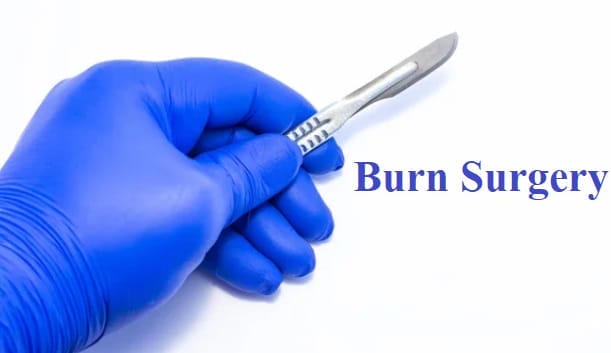
Burn injuries can be devastating, leaving physical and emotional scars. Reconstructive burn surgery offers hope and healing to those affected by severe burns. Read and know all about the intricacies of reconstructive burn surgery, its procedures, and its benefits.
What is Reconstructive Burn Surgery?
Reconstructive burn surgery aims to restore function, improve aesthetics, and enhance quality of life for individuals with severe burn injuries. It involves a series of surgical procedures to repair damaged tissue, reconstruct affected areas, and minimize scarring.
How does Reconstructive Burn Surgery Work?
These are the 3 stages:
- Pre-surgery: Before surgery, thorough evaluations and assessments are conducted to determine the extent of burn injuries, assess overall health, and develop a personalized treatment plan. This may involve consultations with plastic surgeons, burn specialists, and other healthcare professionals.
- During surgery: Reconstructive burn surgery techniques vary depending on the severity and location of the burns. Surgeons may perform procedures such as skin grafting, tissue flaps, or synthetic grafts to replace damaged skin and tissues. Surgical techniques aim to restore functionality, improve mobility, and reduce scarring.
- Post-surgery: Following surgery, patients undergo comprehensive post-operative care and rehabilitation to optimize recovery. This may include wound care, physical therapy, scar management, and psychological support to address emotional trauma associated with burn injuries.
Advantages of Reconstructive Burn Surgery
Reconstructive burn surgery offers numerous advantages:
- By restoring damaged tissues and structures, reconstructive surgery enhances mobility, range of motion, and overall functionality for burn survivors.
- Surgical techniques aim to minimize scarring, improve skin texture, and restore natural contours, enhancing the appearance and self-esteem of patients.
- Reconstructive procedures can alleviate pain and discomfort associated with burn injuries, improving quality of life and promoting physical and emotional well-being.
- Reconstructive surgery plays a crucial role in the psychological recovery of burn survivors, empowering them to regain confidence, independence, and a sense of normalcy.
Reconstructive Burn Surgery: Types of Grafts Used
There are various types of grafts used in this process:
- Skin Grafts
Autograft uses a patient’s own skin from donor sites to cover burn wounds. Split-thickness autograft involves harvesting thin layers of skin for larger wound coverage. Full-thickness autograft transplants entire skin layers, providing durable coverage for deep burns.
Allograft uses skin from a donor source other than the patient. Xenograft/Heterograft involves grafting skin from animal or synthetic sources for temporary wound coverage.
- Synthetic Grafts
Artificial materials such as silicone, polyurethane, or bioengineered skin substitutes are used, to cover burn wounds and promote healing.
- Tissue Flaps
This involves transferring healthy tissue from adjacent or distant areas of the body to reconstruct damaged regions. It can provide vascularized coverage and promoting wound healing.
- Amniotic Membrane Grafts
It uses the innermost layer of the placenta to promote wound healing, reduce inflammation, and minimize scarring.
Reconstructive burn surgery is a vital component of comprehensive burn care, offering hope and restoration to individuals affected by severe burn injuries. Through innovative techniques and personalized treatment approaches, reconstructive surgery helps patients to reclaim their lives with confidence.
Find the best burn surgeon in Bhubaneswar.


